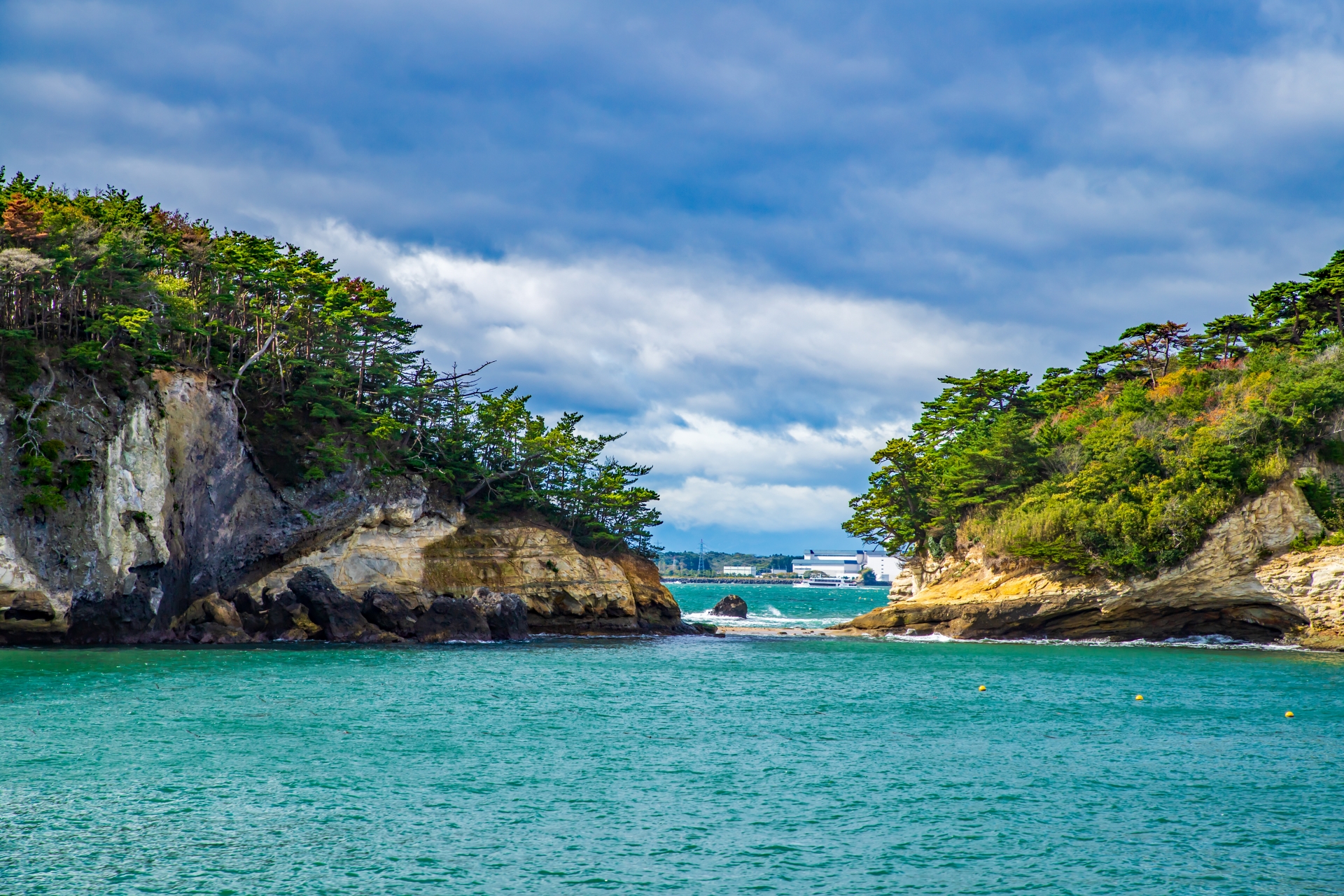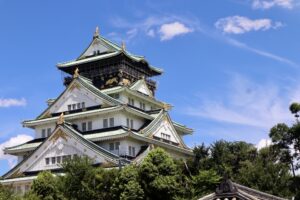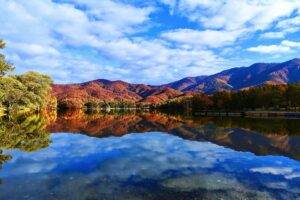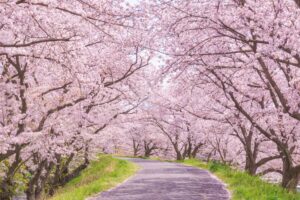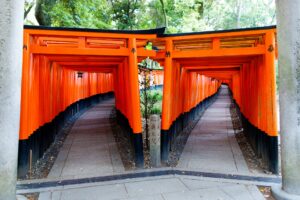Miyagi Prefecture is one of Japan’s best-kept travel secrets. Nestled in the heart of the Tohoku region, it offers a rare mix of scenic landscapes, samurai-era heritage, vibrant festivals, relaxing hot springs, and mouthwatering local foods. Whether you’re a history buff, foodie, nature enthusiast, or first-time visitor looking to escape Tokyo crowds, this in-depth travel guide will help you plan your journey to Miyagi—with real insider tips and must-see attractions.
Why Visit Miyagi? An Overview of the Prefecture
Miyagi Prefecture, located in the northeastern Tohoku region of Japan, is a hidden gem waiting to be explored. Bordered by the Pacific Ocean to the east and surrounded by lush mountains and volcanic landscapes, Miyagi offers a rich mix of nature, culture, and cuisine. The prefecture is best known for its capital city, Sendai—a vibrant urban hub often referred to as the “City of Trees.”
Sendai serves as the gateway to Miyagi, easily accessible via the Tohoku Shinkansen from Tokyo in about 90 minutes. Its mild summers and snowy winters make it a year-round destination. What truly sets Miyagi apart is the sheer diversity within its borders: ancient samurai sites, scenic coastlines, mystical crater lakes, and welcoming hot springs all coexist within a few hours’ reach. For international visitors seeking a deeper connection with Japan’s traditional culture without the crowds of Kyoto or Tokyo, Miyagi delivers an authentic, off-the-beaten-path experience.
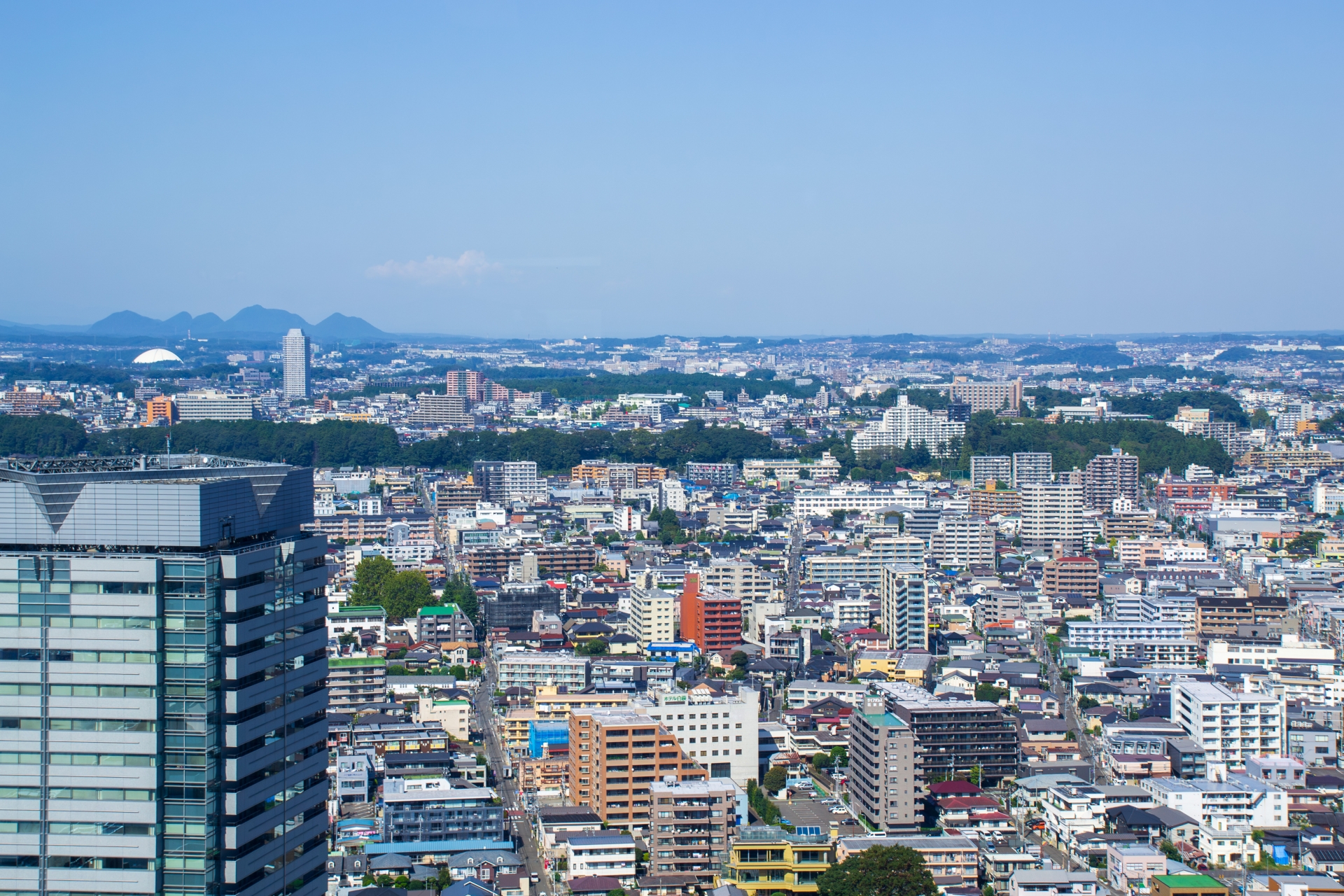
Top Tourist Attractions in Miyagi

Miyagi’s attractions range from stunning natural vistas to historic sites and quirky animal sanctuaries. Here are some of the top sights you should consider:
Matsushima Bay – One of Japan’s Most Scenic Views
Widely acclaimed as one of the “Three Views of Japan,” Matsushima Bay is a breathtaking panorama of over 200 pine-covered islets scattered in calm waters. Generations of visitors—including famous poets—have been awed by its beauty. Several small islands can be reached on foot via bridges, and sightseeing boat cruises allow you to glide among the islands for different perspectives. Don’t miss spots like Godaidō (a historic temple hall on an islet) or Zuiganji Temple (an ornate Zen temple and national treasure). The bay is especially enchanting at sunrise or sunset, when the pine-clad isles cast silvery reflections on the water.
How to Get There: From Sendai, take the JR Senseki Line to Matsushima-Kaigan Station (about 40 minutes).
Sendai City – Zuihoden Mausoleum & Aoba Castle Site
In Sendai, you can delve into the legacy of Date Masamune, the 17th-century warlord who founded the city. His lavish mausoleum, Zuihōden, sits on a forested hill and features brilliantly colored carvings and intricate wooden craftsmanship in typical Momoyama style. Nearby, the Aoba Castle ruins (Sendai Castle site) offer a panoramic overlook of the city. While the original hilltop castle was mostly lost over time, the site now has some reconstructed elements, a statue of Masamune on horseback, and a museum. Together, Zuihoden and Aoba Castle Park provide a great introduction to Sendai’s history—must-see spots for any samurai history enthusiast.
How to Get There: Easily reachable via the Tohoku Shinkansen from Tokyo.
Mount Zao & Okama Crater
Straddling the border of Miyagi and Yamagata, Mt. Zao is a volcanic range famed for both winter sports and dramatic scenery. In the warmer months, visitors flock to see the Okama Crater, a mystical circular crater lake nestled among Zao’s peaks. Dubbed “Okama” (meaning cooking pot), this lake shines a surreal teal-green color. You cannot descend to the lake, but panoramic viewpoints let you admire it from above—a spectacular sight surrounded by mountain ridges. Reaching the crater involves a drive or bus ride up the Zao Echo Line (closed in winter) or hiking trails.
How to Get There: Accessible by car or bus from Shiroishi-Zao Station.
Naruko Gorge & Onsen
Miyagi’s inland regions offer beautiful gorges and ravines, and Naruko Gorge is the most famous. This steep 2-km gorge, with 100-meter cliffs carved by the Otani River, becomes an awe-inspiring tapestry of red, orange, and gold foliage in autumn. From mid-October to early November, Naruko is one of Tohoku’s most popular fall color spots. A footbridge and walking trails offer viewpoints of the sheer rock walls and the elegant arch of the Ofukazawa Bridge. Even outside autumn, Naruko Gorge is a refreshing nature escape. After enjoying the view, you can stop by nearby Naruko Onsen town for a hot-spring soak and to see traditional kokeshi doll shops.
How to Get There: Take the JR Rikuu East Line to Naruko-Onsen Station.
Miyagi Zao Fox Village
For a one-of-a-kind wildlife experience, head to the Zao Fox Village in the Miyagi Zao mountains. This sanctuary is home to over 100 free-roaming foxes of various breeds. Visitors enter an open habitat where foxes wander freely—you’ll see them frolicking, napping, and curiously approaching you. Do follow the staff’s guidelines—foxes are wild animals—but it’s a fantastic photo opportunity and fun for animal lovers. The Fox Village is a unique highlight of Miyagi and often leaves a lasting impression on visitors.
How to Get There: From Shiroishi Station, a taxi or rental car is recommended.
Shiroishi Castle & Samurai Experience
A smaller but charming reconstructed Japanese castle in southern Miyagi, Shiroishi Castle is notable not only for its historical significance but also for the hands-on samurai experience it offers. The castle was rebuilt in 1995 using traditional methods and was once held by a retainer of the Date clan. Today, it houses a museum and lets visitors try on full samurai armor inside the keep—one of the rare places in Japan where you can do so in a wooden castle. The castle also holds an annual samurai battle re-enactment festival in early October. Even on a regular day, climbing to the top floor rewards you with views of the town and surrounding hills.
How to Get There: Walkable from Shiroishi Station.
Best Local Foods to Try in Miyagi
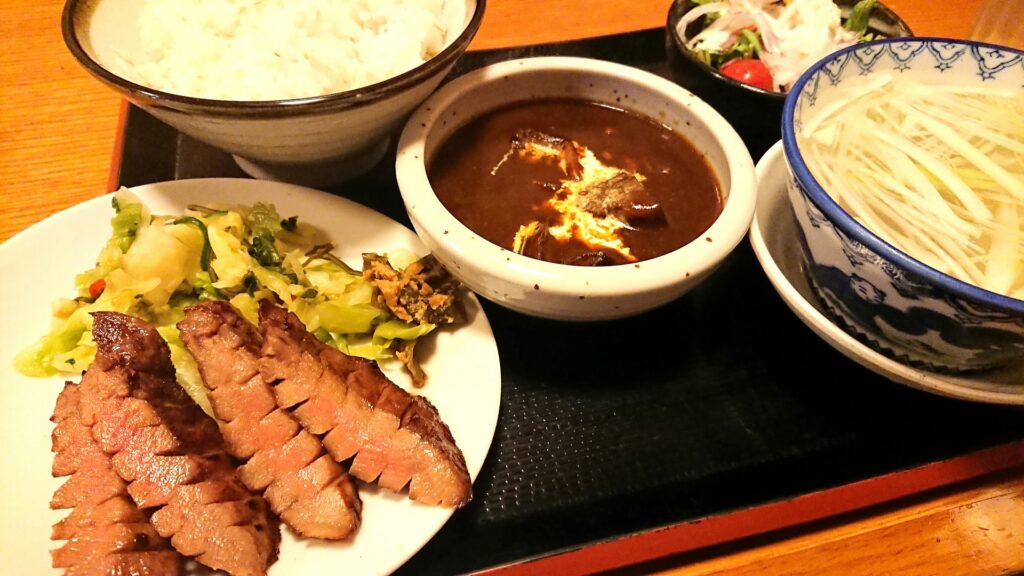
Gyūtan (Grilled Beef Tongue) in Sendai
Sendai is the birthplace of gyūtan, a savory grilled beef tongue delicacy. Typically served as a set meal with barley rice, oxtail soup, and pickles, it’s a must-try for meat lovers. Head to “Gyūtan Dori” in Sendai Station for popular spots like Rikyu and Kisuke.
Seafood & Sushi in Shiogama and Matsushima
Thanks to its coastal location, Miyagi is a seafood paradise. Shiogama boasts one of Japan’s highest concentrations of sushi restaurants, while Matsushima is known for its oysters. Visit local fish markets or dine at harbor-view sushi bars for ultra-fresh fare.

Sasa Kamaboko – Grilled Fish Cakes
This bamboo leaf-shaped fish cake is a regional favorite, often enjoyed warm off the grill. Abe Kamaboko offers a DIY grilling experience in Sendai. Its mild flavor and chewy texture make it a unique souvenir.
Zunda Mochi – Edamame Dessert
A sweet twist on traditional mochi, zunda mochi features mashed edamame sweet paste. Modern takes include zunda shakes and parfaits, available at Zunda Saryō cafes throughout Sendai Station and the city.
Other Local Favorites
Try Seri Nabe (hot pot with Japanese parsley) in winter or Shiroishi Umen noodles—thin and easy-to-digest wheat noodles served cold or hot. These dishes showcase the region’s agricultural richness.
Hot Springs (Onsen) You Must Visit in Miyagi
Akiu Onsen – Close to Sendai
Just 30 minutes from Sendai, Akiu Onsen is an ideal day-trip destination. Explore Rairai Gorge and Akiu Great Falls, or visit Akiu Craft Park for handmade souvenirs. Many ryokan offer day-use bathing options.
Sakunami Onsen – Whisky & Tranquility
Tucked in a quiet mountain valley, Sakunami Onsen offers a more secluded experience. Stay at Ichinobo for luxury or explore the nearby Nikka Whisky Distillery for a perfect pairing of hot springs and spirits.
Naruko Onsen – Variety of Water Types
This historic onsen area offers a unique chance to sample different types of mineral-rich waters. Try bathhouse hopping and explore the charming streets. Don’t miss the kokeshi painting workshops available nearby.
Togatta Onsen – Gateway to Mt. Zao
Located at the base of Mt. Zao, Togatta Onsen is ideal for winter retreats. Rustic ryokan, snowcat tours, and access to Zao’s hiking trails make it a year-round destination.
Cultural Experiences and Festivals in Miyagi
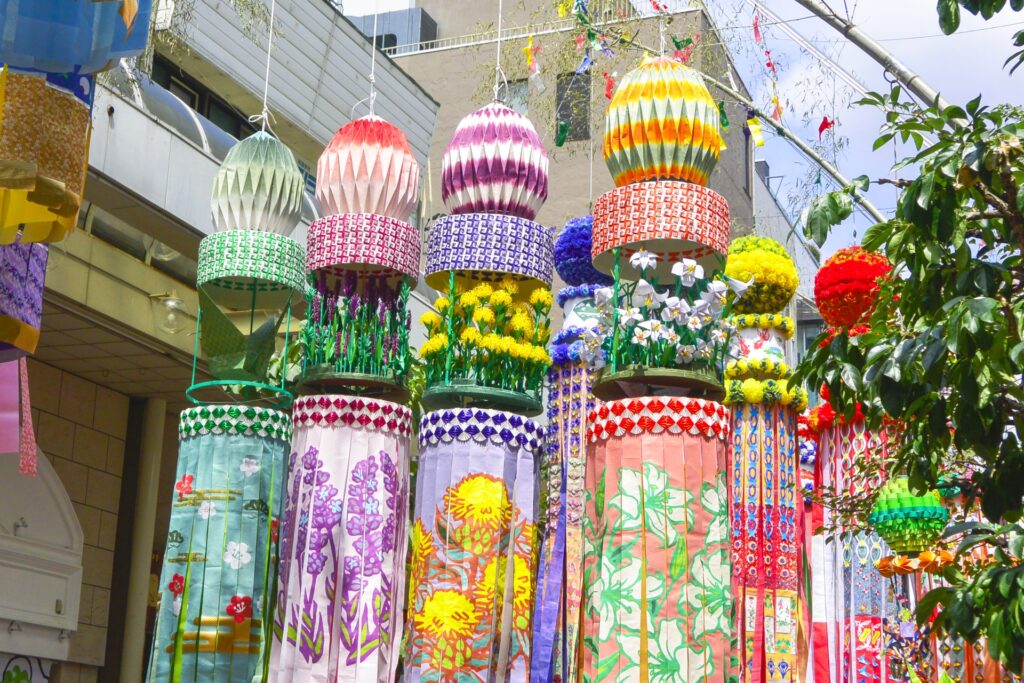
Sendai Tanabata Festival (August)
One of Japan’s largest Tanabata celebrations, Sendai’s version features elaborate streamers, street performances, and fireworks. The city comes alive every August 6–8 with colorful decorations and festive energy.
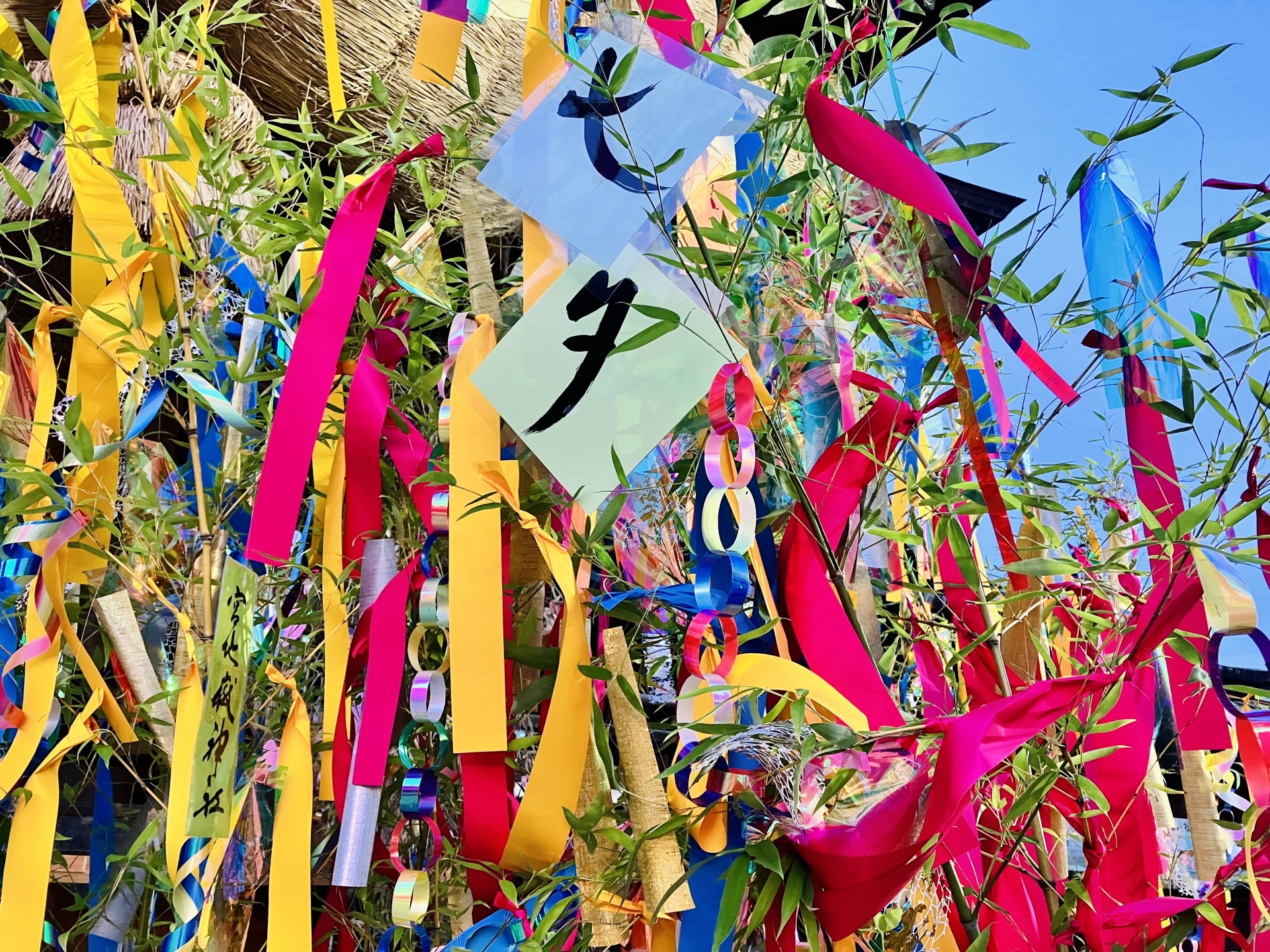
Samurai Armor Try-On
At Shiroishi Castle and Matsushima’s history museum, visitors can wear authentic-style samurai armor and pose for photos—a fun and educational dive into Japan’s warrior past.
Kokeshi Doll Painting Workshop
Naruko and Togatta are famous for traditional kokeshi dolls. Participate in hands-on workshops where artisans guide you in painting your own doll, a perfect keepsake.
Nikka Whisky Distillery Tour
Located near Sakunami Onsen, the Nikka Distillery offers guided tours, whisky tastings, and a museum about its Scottish founder. English audio guides and gift shops are available.
Tashirojima Cat Island
Nicknamed “Cat Island,” Tashirojima is inhabited by more felines than humans. Take a ferry from Ishinomaki and stay overnight in cat-themed lodges. Follow responsible tourism practices to protect the island’s harmony.
Where to Shop and What to Buy in Miyagi
Sendai’s Ichibanchō and Chūō-dōri arcades are ideal for fashion, food, and souvenirs. Local shops like Abe Kamaboko offer freshly grilled fish cakes, while Tohoku Kogei showcases handcrafted items. Department store basements are treasure troves for edible gifts—try zunda sweets, regional sake, and boxed kamaboko for take-home treats.
How to Get to Miyagi and Travel Planning Tips
From Tokyo, take the Tohoku Shinkansen to Sendai Station (about 90 minutes). JR East Passes can make regional travel more affordable. Spring (cherry blossoms) and autumn (foliage) are the best times to visit.
Accommodations range from modern hotels in Sendai to traditional ryokan in onsen towns. Many attractions offer English signage or guides, and safety is generally excellent. Prepare for winter snow if traveling from December to February.
Infographic Tip: Tokyo → Sendai: 90 min (Shinkansen) | Sendai → Matsushima: 40 min | Sendai → Zao: 60–90 min
Final Thoughts: Why Miyagi Deserves a Spot on Your Japan Itinerary
With its scenic landscapes, rich heritage, and welcoming locals, Miyagi is the kind of place that stays with you long after your trip ends. Whether it’s enjoying freshly grilled gyūtan in a cozy Sendai restaurant, soaking in a quiet onsen after a day of exploring, or walking through forests ablaze with autumn colors, there’s a peaceful charm here that’s hard to find elsewhere. Add to that the ease of access from Tokyo and the variety of experiences packed into one prefecture, and it’s easy to see why Miyagi deserves a place on your travel list. For anyone looking to discover a different side of Japan—one that’s warm, authentic, and just a little off the usual path—Miyagi is waiting.

